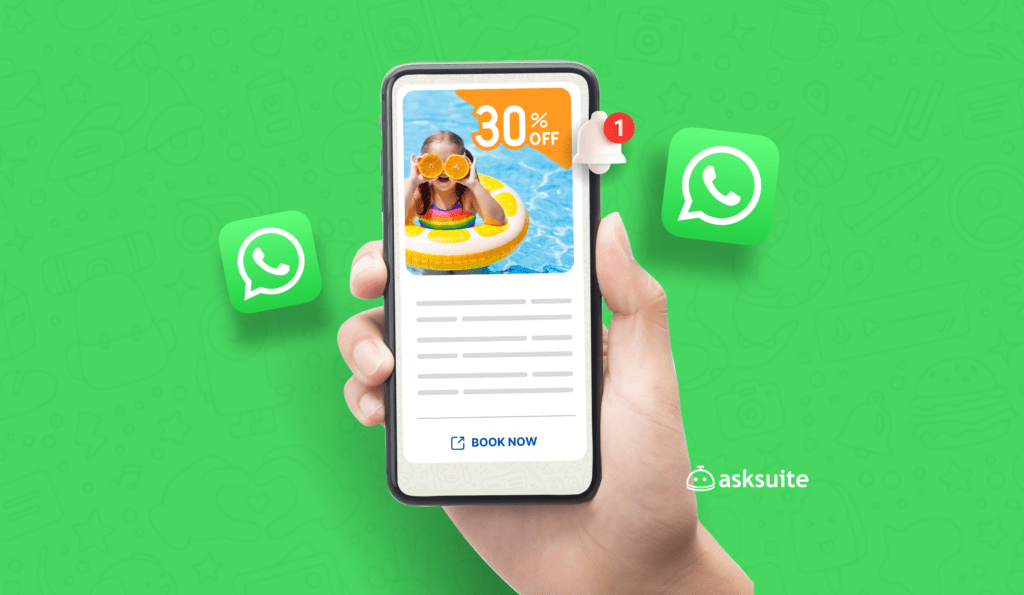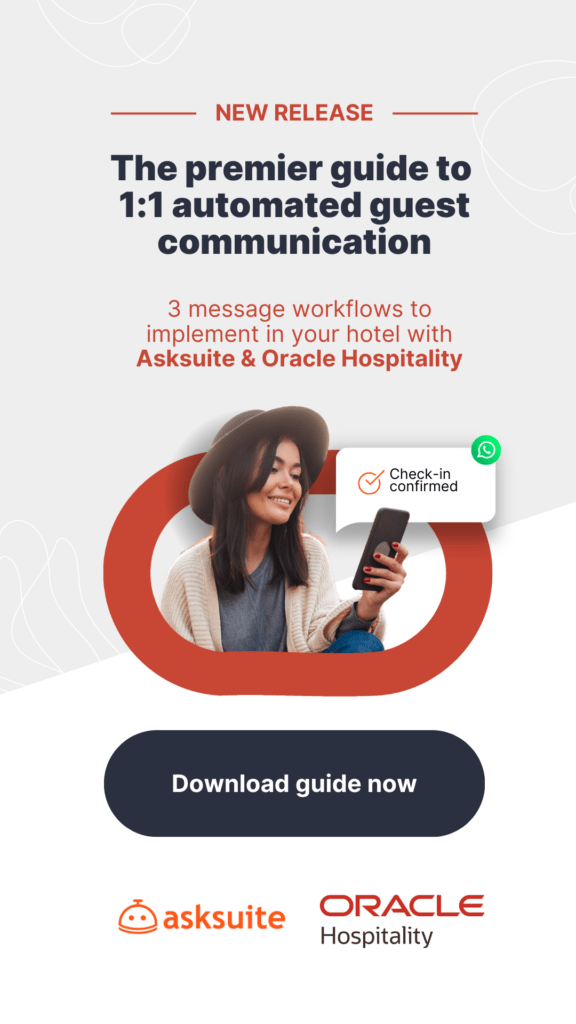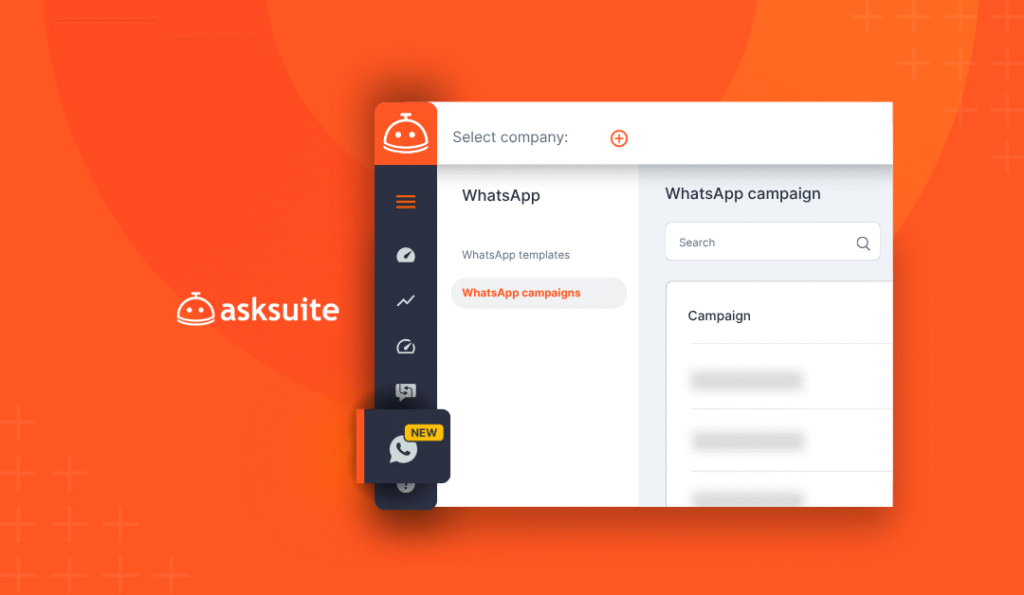Maximizing hotel occupancy during off seasons requires data-driven forecasting, personalized communication, AI-powered solutions, and strategic partnerships. By leveraging tech tools, hotels can implement competitive strategies year-round.
The off season can present significant challenges for the hospitality industry, with reduced occupancy rates directly impacting a hotel’s revenue. However, this period also offers a unique opportunity for hotels to refine their strategies and tap into unexplored market segments. By leveraging advanced tech tools, hoteliers can not only overcome the hurdles of off-peak periods but also learn how to increase hotel occupancy in low season.
Specialized tech solutions—such as hospitality-tailored analytics dashboards, AI Reservation Agents, and automated communication campaigns—empower hotels to make data-driven decisions, personalize traveler interactions, and streamline operations. These tools enable hotels to identify market trends, forecast demand more accurately, and customize offers to both returning and new guests.
In this article, we’ll explore strategic approaches to boost hotel occupancy during the off season. Each strategy is designed to maximize revenue by turning off-peak challenges into opportunities, ensuring that your hotel remains competitive and profitable along the year.
5 strategies to increase hotel occupancy during off seasons
Hotels face unique challenges due to seasonality, but it also presents an opportunity to innovate and refine new guest acquisition strategies. With tech reshaping the hospitality landscape, the right tools can bridge the gap between slow demand and robust occupancy.
Check out the best 5 strategies to help your hotel plan ahead and navigate off-peak periods with confidence.
1. Analyze historical data and demand forecasting
Using historical data through specialized dashboards is the cornerstone of smart revenue management during slow seasons. By integrating key performance indicators—such as occupancy rates, average daily rate (ADR), revenue per available room (RevPAR), and booking windows—into one intuitive platform, hoteliers gain valuable insights into past performance and emerging trends.
For instance, a well-configured dashboard might reveal that while weekday occupancy typically dips, weekends exhibit a modest recovery, allowing you to fine-tune pricing strategies accordingly.
Additionally, advanced forecasting capabilities often segment guest data, revealing insights about which markets remain resilient during slower periods. For example, you might discover that a specific demographic—such as international travelers or corporate clients—continues to book even during the offseason. This knowledge not only informs targeted promotions but also helps in tailoring exclusive offers that resonate with those groups.
A holistic analysis like this enables you to allocate resources more efficiently—be it adjusting staffing levels, managing inventory, or optimizing marketing spend. In essence, by transforming raw data into actionable intelligence, your hotel can proactively adapt to market fluctuations and maintain a competitive edge, even when demand is traditionally low.
Did you know? Asksuite offers dashboards tailored to hotels’ needs. In our platform, hoteliers can access info about open conversations, deals closed, interactions per agents – being human or AI, and much more! Specialized solutions for the hotel industry bring even more insightful data to your operations.

2. Create segmented WhatsApp campaigns for returning guests
Leveraging WhatsApp as a direct communication channel with travelers or previous guests can transform the way you engage with them. With its widespread use and high engagement rates, WhatsApp offers a personalized touch that email or generic SMS campaigns often lack.
Start by integrating a hospitality-focused omnichannel platform that connects your Property Management System (PMS) or Customer Relationship Management (CRM) with WhatsApp. This integration enables automatic segmentation of your database based on the historical data already analyzed and that indicates which kinds of guests are more likely to return during off-peak season. Once your segments are defined, you can craft personalized messages for each group.
3. Be available 24/7 across all communication channels
In today’s competitive hospitality landscape, ensuring guests receive immediate, accurate support is paramount—even outside regular business hours. By incorporating AI-powered, multilingual customer service tools, your hotel can deliver seamless assistance across all channels, turning every traveler interaction into an opportunity for conversion.
As the AI Reservation Agent handles repetitive tasks, your reservation team is freed to deal with more complex and revenue-oriented activities, such as group reservations or major event details.
If a traveler needs human assistance, no worries, they can be seamlessly transferred within the same interaction.
Pro tip: Asksuite’s AI Reservation Agent has a 98% recommendation rate and is already used by +4.000 hotels worldwide. It can handle interactions on your hotel’s main channels and help you to improve operational efficiency.
Want to learn more? Talk to our specialists today!

4. Create attractive packages and value-added offers
Creating exclusive packages that combine accommodations with unique experiences and added perks can turn a standard stay into a memorable, value-packed experience. Remember you can always rely on WhatsApp campaigns to run such offers to specific target-guests and this activity won’t overload your team.
By consistently delivering personalized perks, you can foster a sense of exclusivity and appreciation among your guests. Returning visitors who receive tailored offers based on their previous stays are more likely to feel valued and, in turn, remain loyal to your brand. Besides, these packages provide an excellent opportunity for upselling—guests may choose to upgrade their package for additional benefits, thereby increasing overall revenue.
5. Expand strategic partnerships
Broadening your hotel’s presence in different spots is essential to capture a wider market and reduce reliance on a single booking source. Besides strengthening your hotel’s digital presence in the digital market and offering 24/7 assistance to travelers, you can also rely on local strategic partnerships. Collaborating with nearby restaurants, entertainment venues, or event organizers can lead to exclusive promotions like “Stay & Dine” or “Experience Local Culture” packages.
Overall, this strategic expansion not only boosts your hotel’s visibility but also attracts a broader range of customer segments, ensuring sustained occupancy and revenue growth regardless of seasonal challenges.
Each strategy combines advanced tech solutions with a targeted approach, ensuring your hotel remains competitive and profitable even during the slowest seasons.
What’s the best strategy when demand for rooms is low?
There isn’t a one-size-fits-all solution when it comes to increasing hotel occupancy during off seasons. Each property has its own unique characteristics, target audience, and market conditions, which means the most effective approach will vary from one hotel to another. The key lies in analyzing historical performance, understanding traveler behavior, and strategically implementing a mix of solutions that align with your hotel’s specific needs and goals.
Rather than relying on a single tactic, successful hoteliers integrate multiple strategies across different areas. Some hotels may benefit most from optimizing their pricing and demand forecasting, while others might see better results through personalized guest engagement, improved distribution channels, or value-added packages. The common denominator, however, is leveraging tech solutions to streamline processes, enhance direct communication, and maximize revenue opportunities.
Ultimately, the best strategy is the one that works best for your hotel’s scenario. By continuously monitoring performance, testing different approaches, and adapting to changing market trends, hoteliers can create a comprehensive plan that ensures sustained occupancy and revenue growth, even during traditionally slow periods.
For all these strategies, Asksuite’s cutting-edge technology can help your hotel reach new heights year-round. On one platform, you’ll be able to interact with travelers 24/7 via all communication channels, get real-time-based data and make smarter decisions.
This blog post was originally written on October 9, 2022 and updated on March 26, 2025





